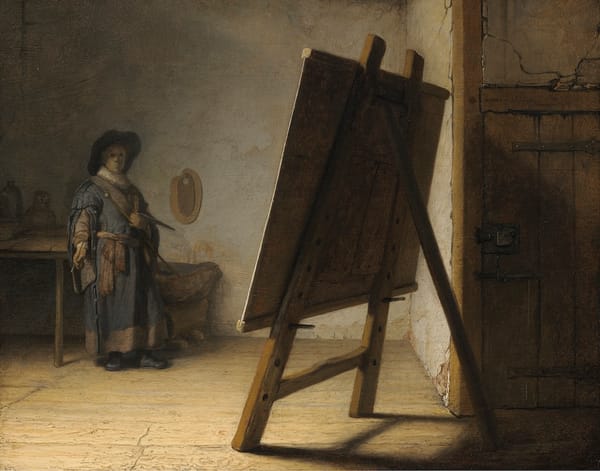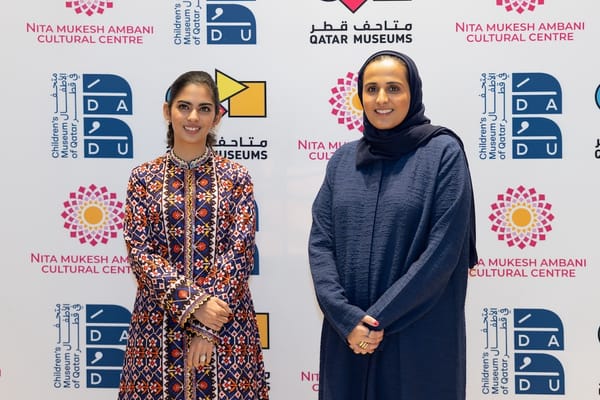The Museum of Art & Photography: A Personal Mission for Abhishek Poddar
Abhishek Poddar's artistic journey began in a childhood filled with creative luminaries. From encounters with legends like M.F. Husain to exploring diverse realms guided by mentors, his passion culminated in the vision of MAP, aiming to democratize art access.
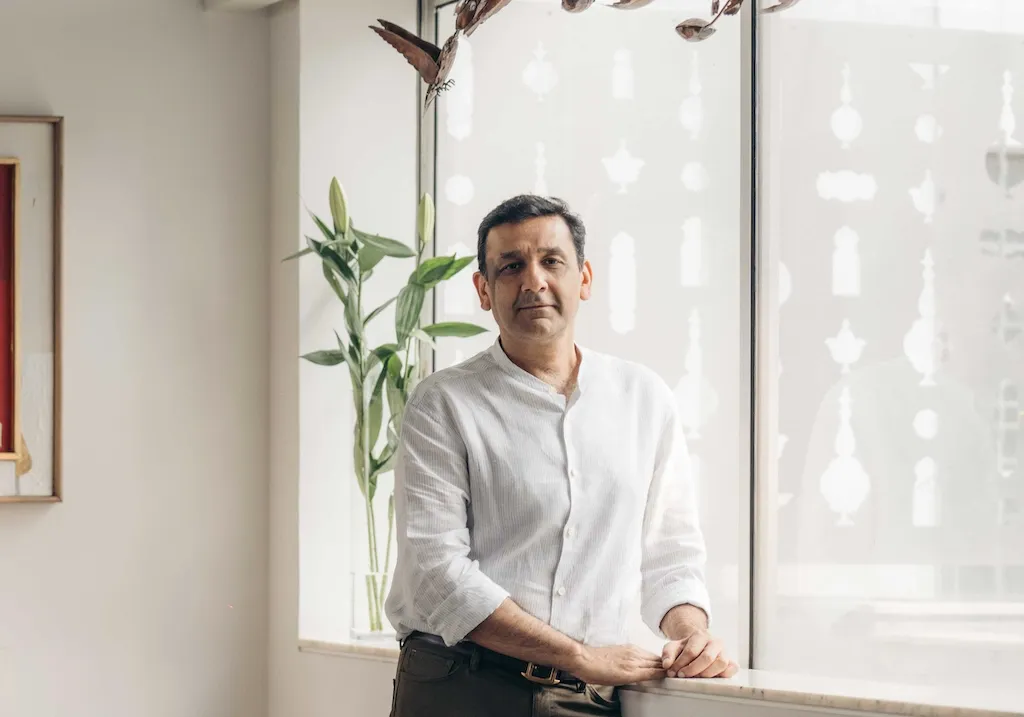
Abhishek Poddar, a prominent collector and patron of the arts in India, has made significant contributions to the art world. With a passion for South Asian art, craft, and antiquities, Poddar has amassed an impressive collection that includes modern and contemporary art and photography. He is also the driving force behind the Museum of Art & Photography (MAP) in Bengaluru, where he serves as a trustee and has donated the initial leadership gift and a substantial portion of his family’s art collection. In addition to his work with MAP, Poddar serves on various boards and committees in India and is a member of the advisory committees of the India-Europe Foundation for New Dialogues and the Lincoln Center Global Advisory Council. In this interview, we’ll delve into Poddar’s life as a collector, philanthropist, and cultural ambassador for South Asia, as well as his vision for MAP as a hub for the arts and culture of the region.
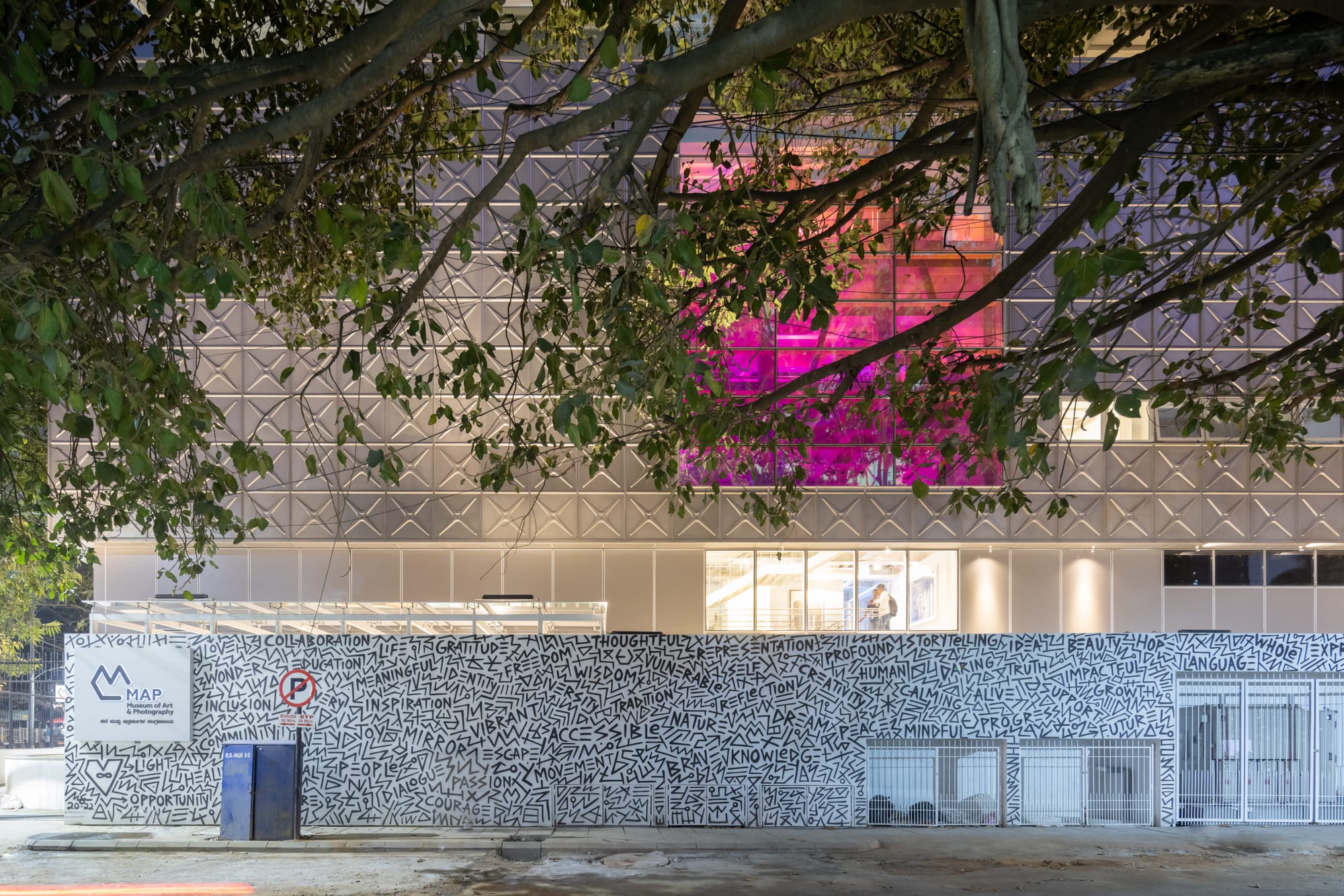
Nikhil Sardana: You have been a collector of art and antiquities since high school. What sparked your interest in art, and how has your approach to collecting evolved over the years?
Abhishek Poddar: I grew up surrounded by art, so it came naturally to me. Our home was filled with amazing art, and many creative people were part of our lives. My dad was interested in music and architecture, so we had concerts regularly, and musicians like Ravi Shankar, Pandit Jasraj, and Kumar Gandharva performed at our home. We also had visitors like Henri Cartier-Bresson in the early ’80s. It wasn’t anything planned; it happened quite naturally. The time I really started spending time with art was in school. I was in boarding school at Doon, and they had a brilliant art school. Even the opportunity to use different materials and mediums was something that most places did not offer back then (early ’80s).
There was also this great magazine called The Illustrated Weekly of India, which used to have a centre spread on art every issue, and that’s how I learned about Indian artists like Manjit Bawa, M. F. Husain, Anjolie Ela Menon, Jogen Chowdhury, Ganesh Pyne, and Bikash Bhattacharjee. I must have been 15 when I met Hussain, and that became a lifelong relationship. Manjit Bawa became a dear friend and mentor.
There was no structure or plan to this. It was all serendipity and an interest that led me from one place to another. Along the same time, different gurus came into my life who took me in different directions. Mapu (Martand Singh) showed me a brilliant show called Vishwakarma, which featured fantastic textiles, and that’s how I got interested in textiles. Jyotindra Jain took me towards popular culture, Jagdish Swaminathan towards folk and tribal or living traditions, Dayanita Singh towards photography. I was like a kid in a candy store, absorbing whatever I could in terms of their knowledge, mind, and eye, and that’s how I learned.
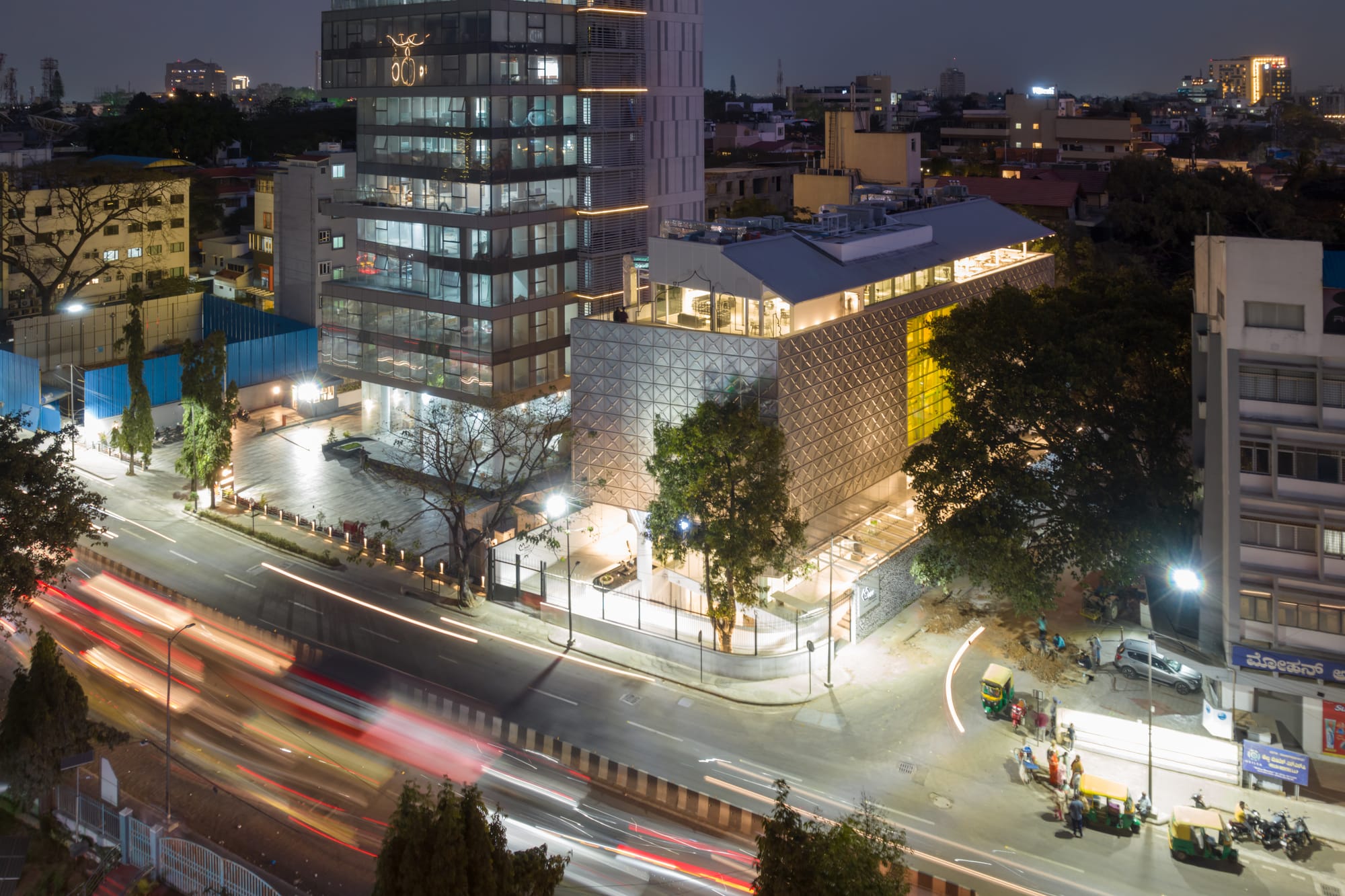
NS: The Museum of Art and Photography (MAP) is an ambitious project aimed at promoting greater access to South Asian art. What inspired you to take on such a challenging endeavour, and what do you hope to achieve with MAP in the long run?
AP: Initially, I didn’t anticipate that the Museum of Art and Photography would be such a challenging endeavour, or else I might not have taken it on. However, despite the obstacles we faced, I have found the journey to be incredibly rewarding. Through this project, I have had the opportunity to learn and collaborate with so many people, and for that, I am deeply grateful. In fact, the project has become far more than just a personal goal or mission, as so many others have joined us in supporting and participating in the effort.
As a child, I was fortunate to have access to artists, historians, and scholars, but I also recognized that many people in India did not have the same opportunities to engage with art and learn from it. Although there are great works of art in museums across India, many of them lack changing exhibitions, proper catalogues, and sufficient explanations. As a result, outreach and education in the arts have not been widely promoted in India. When I travelled abroad, I saw how different the situation was, and I felt that we needed to make art more accessible in India.
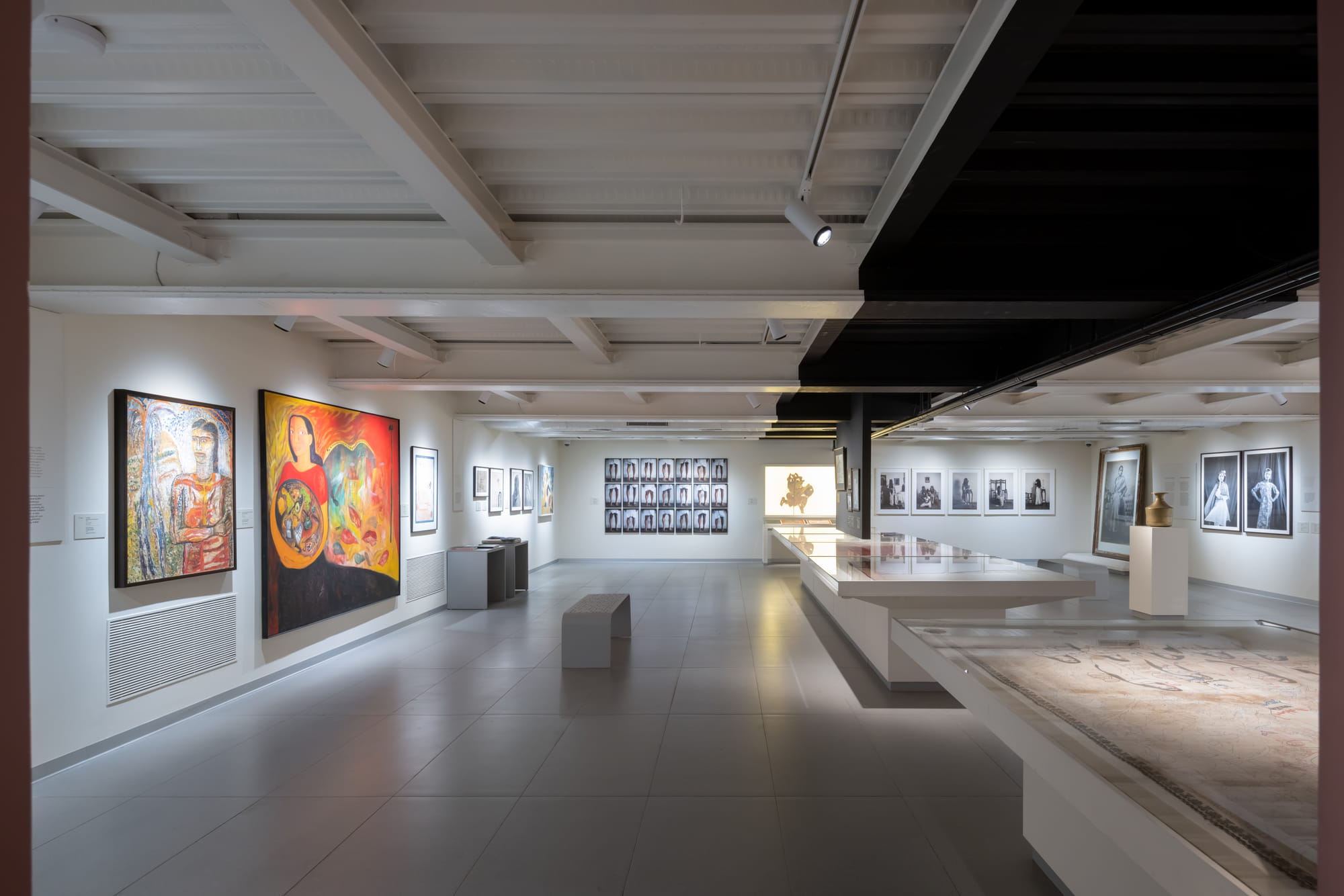
Although we did not initially plan to focus on technology, the pandemic forced us to rethink our approach. We realized that technology could help us to make art more widely available and accessible, and we saw the success of this approach when we held our digital opening. With Bangalore being a hub for technology and innovation, we have the opportunity to leverage the expertise of tech companies and engage with the communities they serve.
As for the future of MAP, I honestly could not have predicted where we are now, so I don’t want to make any definitive plans or predictions. Rather, I think it’s important to be responsive to the needs of the community and to remain open to new opportunities and ideas. Ultimately, my goal is not to create something for myself, but to make art more accessible to all.
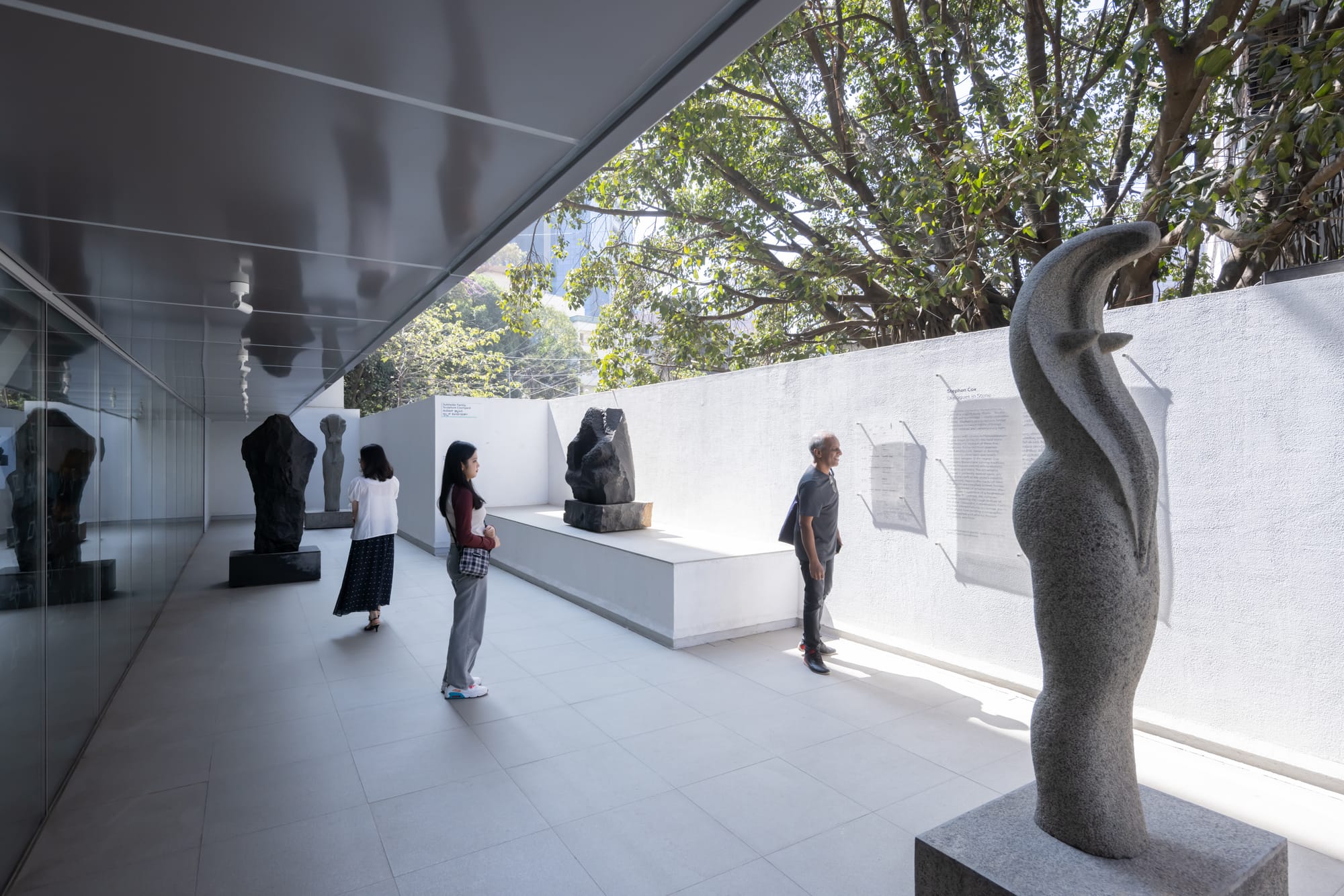
NS: What is an artist’s role in society?
AP: I believe that an artist’s role in society is to be a courageous person who can convey ideas that others may not be able to express. Throughout history, artists have been responsible for many significant movements and innovations, even if they faced condemnation initially. Unfortunately, in India, art is often viewed merely as a decorative item to invest in, but I think the role of an artist is much more profound than that. While it may seem that some artists lead a comfortable life due to high prices of their work, this is not the case for the majority of artists.
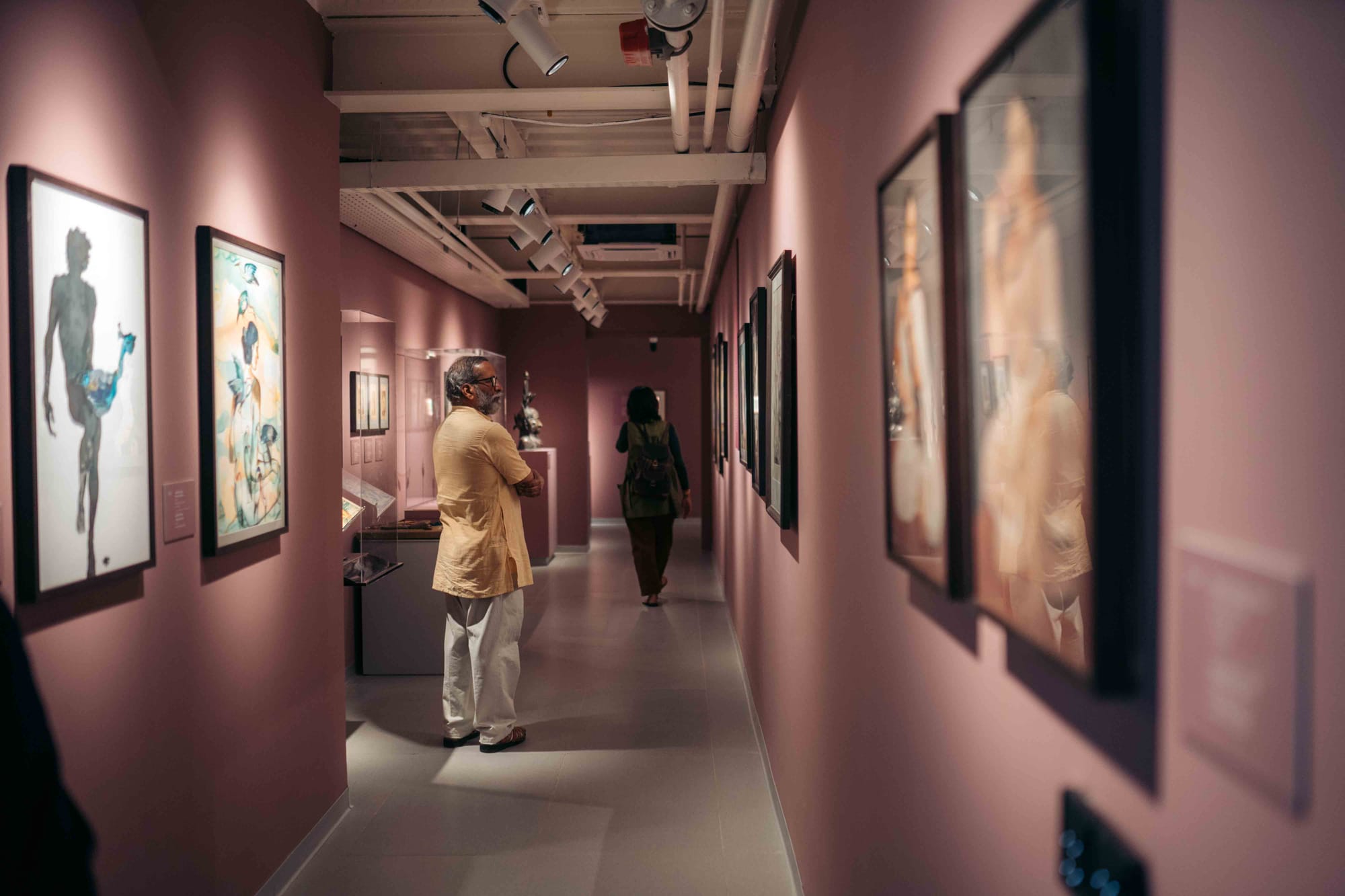
NS: You have served on advisory committees of several cultural institutions, including the National Gallery of Modern Art, Bengaluru. How do you view the role of private collectors in supporting the arts, and what do you believe are the challenges faced by cultural institutions in India today?
AP: As a collector and advisor to cultural institutions, I believe that private collectors in India should do more to support the arts. Many collectors are only interested in art as an investment, rather than seeing it as a responsibility to support artists and cultural institutions. In contrast, collectors in the western world view their role much more deeply. I believe that India needs more private museums and collectors should build collections for museums rather than just buying art for themselves. Cultural institutions in India, including museums and cultural centres, desperately need the support. As a nation, we need to care more about the arts and take action to make a change.
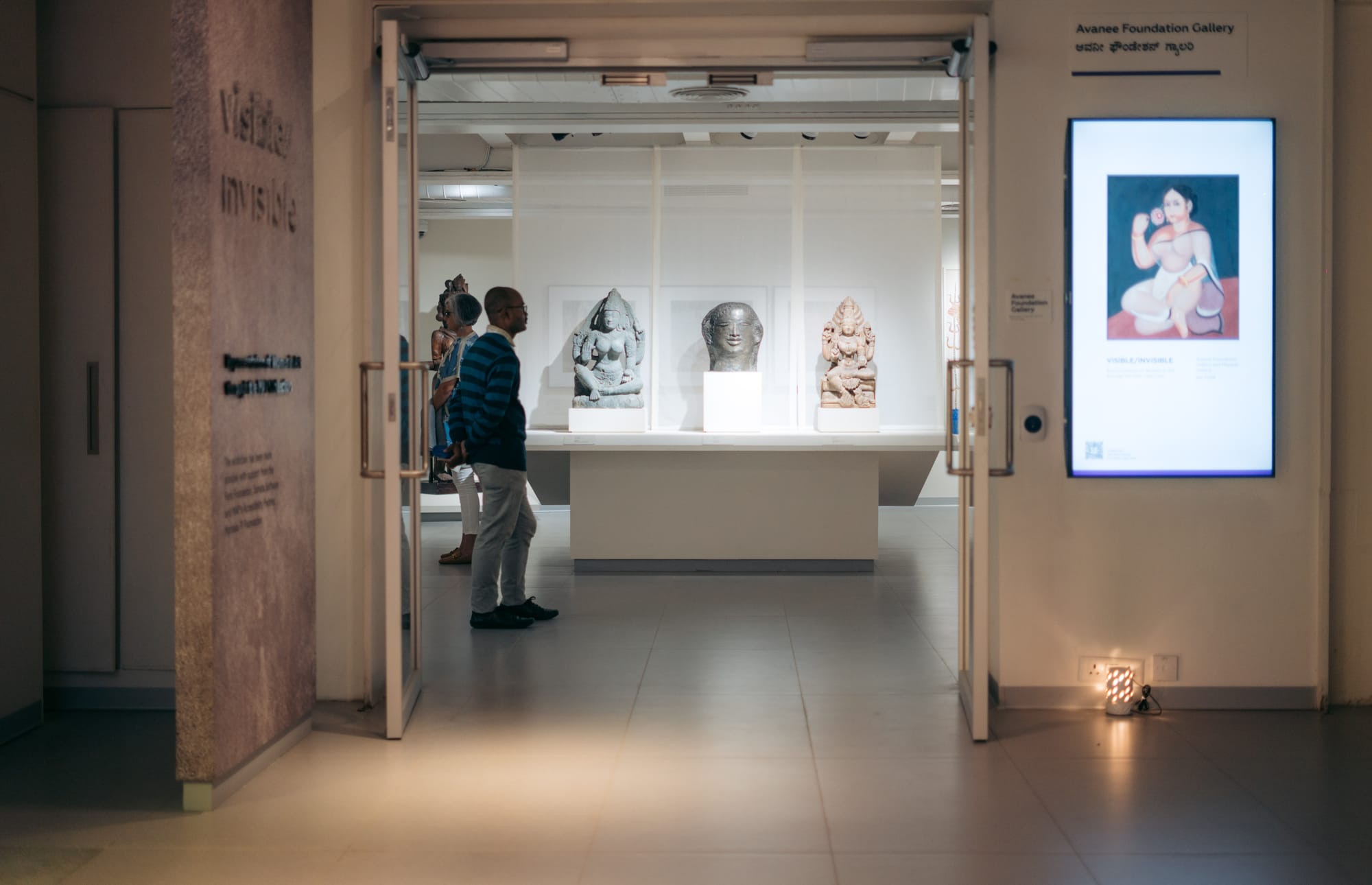
NS: The pandemic has had a significant impact on the arts and cultural sector worldwide. How has the pandemic affected your work with MAP, and what do you see as the future of the arts in a post–pandemic world?
AP: The pandemic was unexpected and had a significant impact on my work with MAP. The delays in the project due to the pandemic made it more expensive as material prices increased and everything had to be renegotiated. It was also difficult to build a team during the pandemic as there is a limited supply of arts professionals in the country. Fundraising also came to a halt as all the funds were directed towards COVID relief. However, we learned to adapt and found new ways to communicate through digital platforms, which we utilized for our digital launch. This experience taught us that the world doesn’t come to a halt and that new ways of doing things can be found.
In terms of the future of the arts, I believe it will be a hybrid world where both physical and digital experiences will be offered. MAP will be offering both options, as we have seen that people are comfortable with digital communication and it provides more convenience. As for arts education, it is the backbone of MAP, and we incorporate education in all our programs, including talks, exhibitions, and outreach programs. The MAP Academy is a significant part of our educational efforts, and we have undertaken three major projects, including the first comprehensive encyclopaedia for Indian art, courses from introductory to advanced levels, and an entire timeline of Indian art, all of which are available online for free.
Overall, the pandemic posed many challenges for MAP, but it also presented an opportunity to adapt and find new ways of doing things. The future of the arts will be a hybrid world, and education will continue to be an essential aspect of our efforts at MAP.

This article first appeared on serenademagazine.com.


